Reduce Taxes & Save More
Personal Pension Plan
Personal Pension Plan (PPP) powered by INTEGRIS
A Better Way For Business Owners & Incorporated Professionals To Save For Retirement and Get More Tax Deductions Today!
7 Additional Tax Deductions
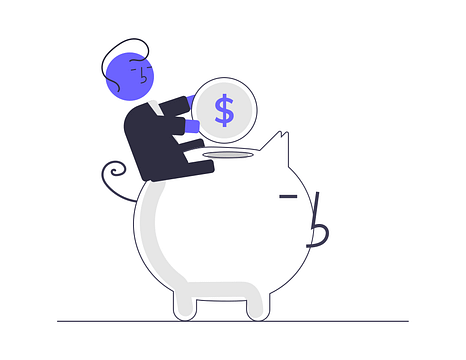
Contribution Limits Comparison |
|---|
Personal Pension Plan (PPP) $29,443 - $47,978* |
Individual Pension Plan (IPP) $20,224 - $47,978 |
Registered Retirement Savings Plan (RRSP) $27,830 |
Tax Free Savings Account (TFSA) $6,000 |
*Eligible contribution level depends on your age |
Personal Pension Plan is like a Self-Employed RRSP
If you're a business owner or incorporated professional like a physician, lawyer, IT Consultant or accountant, you're likely saving for retirement using an RRSP if at all. Regular Canadians use RRSPs but don't require flexibility with their savings contributions from time to time due to fluctuating cash flow.
As a business owner you benefit immensely from tax deductions to help you grow your business today whilst saving for retirement. Watch the 5 minute video to get a feel for how the PPP works.
Investing In An RRSP vs. PPP?
Did you know you can invest in real estate, land, alternative investments, private equity and limited partnerships within a Personal Pension Plan? This is not available within an RRSP.
you can top-up your ppp during a stock market crash
In the event that there is market volatility leading to a down or bear market similar to 2009 or March 2020, the PPP allows you to "top-up". An RRSP does not allow for this. If you so choose to top-up, you have until the end of the year to reap these advantages:

Before & After Switching To The Personal Pension Plan
Compare switching your savings contributions from an RRSP to the 'business owner RRSP' (PPP)
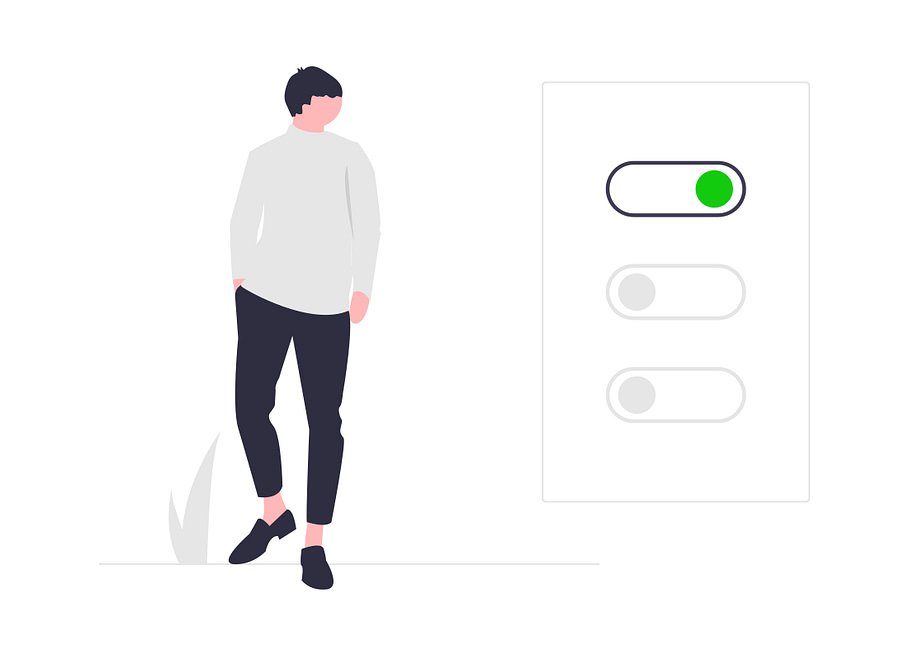
After
Before
Simple and easy.
STILL CURIOUS? WATCH BELOW
Worried About Cash Flow Fluctuations Affecting Your Business Or Savings?
You Can Adapt Your Annual Contributions To Your Business Cash Flow
High Cash Flow?
If you have extra cash or the stock market has dipped as well as your investments, you can top-up your PPP. This gives you additional tax deductions.
Low Cash Flow?
You can contribute as low as 1% of salary in downturns or bad economic times for your business. You can even draw from your PPP to help your financial situation without penalty.
Are You Planning On Using Your Business or Private Corporation As Your Retirement Plan?
It's much harder to save and extract money from a corporation. Since 2018, the federal government has targeted private corporations' use of passive income by clawing back your preferential tax rate on active business income. In short, if your passive income within your corporation passes a threshold of $50,000, your tax rate on the first $500,000 active business income will go up. The Personal Pension Plan helps solve this problem for you.

What Initial Information Is Required To Calculate Your Personalized Illustration?
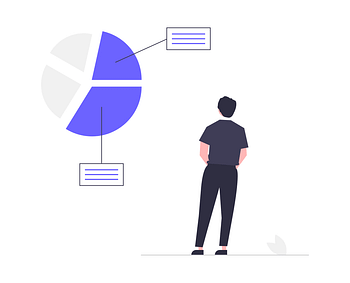
For each member:
- Proof of age – copy of driver’s license/passport that shows the name and date of birth
- Latest Notice of Assessment
- Latest RRSP statement for all RRSPs/LIRAs/LIFs/RRIFs etc.
- Document to verify the SIN Number - e.g. a T4 slip or a notice of assessment if the full SIN number is available.
- T4’s for every year buying back past service (PLEASE NOTE THIS CAN TAKE UP TO 6 MONTHS – TIPS ON HOW BEST TO OBTAIN T4s BELOW)
For the company that is sponsoring the plan:
- Articles/Certificate of Incorporation for the company
- Document to verify the CRA Business Number of the company that is sponsoring the pension plan – e.g. the first page of a corporate tax return or the T4 slip that shows the employer number
Tips for obtaining T4s:
- Request from your corporate accountant
- Request through the CRA website
- Contact CRA by phone 1-800-959-8281
do you qualify for a personal pension plan?
Who Qualifies For The Personal Pension Plan In Canada?
Incorporated Professionals
Business Owners
Most types of businesses from manufacturing, transportation, software, technology, construction etc. As long as you are incorporated we can see how your scenario works.
Franchisees
As a franchisor you can provide business owner franchisees the personal pension plan as a way to provide benefits for key employees as well as their own retirement. A franchisee can setup their own PPP or set it up where they aren't a plan sponsor.
Associations
Associations of various sizes and industries are now eligible to provide their membership the personal pension plan to match similar benefits that larger associations offer.
federal
100%
provincial
The INTEGRIS PPP® Is Approved and Regulated
By the Federal Government of Canada and Province/Territory of Issue
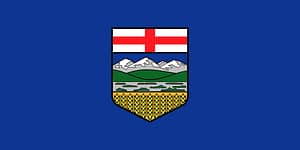
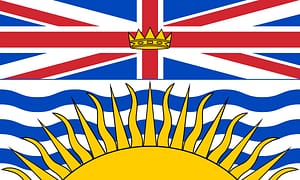
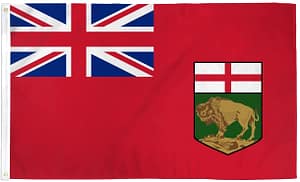
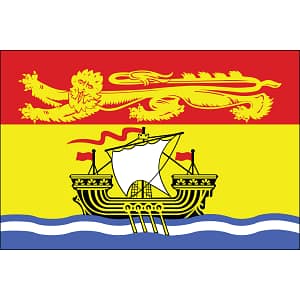
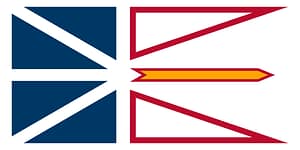

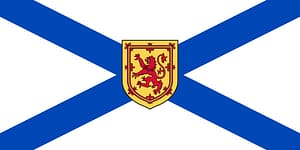
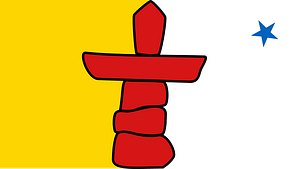





Get a Personalized PPP Illustration
Get Started with the INTEGRIS Personal Pension Plan®
It starts with an illustration or demo of your situation. We'll get in touch with you and review your high-level numbers together to determine whether the PPP is a fit and then go into detail with specific numbers from your accountant. Complete the form and we'll get back to you to see if the PPP is right for you.
*The "Plan Sponsor" is the company that will be making monetary contributions to the Personal Pension Plan. This company currently employs and provides T4 income to plan members.
Frequently Asked Questions
In general yes, you do. One of the main aspects of a pension plan is an employer / sponsor company that will make contributions towards a pension plan in which you, the beneficiary/owner, are a member of.
Not necessarily you don't need to be incorporated as a requirement. In order to qualify, however, you will be required to have an employment relationship with a T4 (salary) income.
A Limited Partnership, General Partnership, Joint Partnership (e.g. engineering or law firm) or even a Sole Proprietor could offer a PPP to its employee such as a spouse if the employee is receiving a salary T4 income. However, the partners themselves or the sole proprietor would not be eligible for a PPP. Why? because they cannot employ themselves and pay themselves T4 income.
If you are looking to setup a pension for yourself and seeking the optimum way to take an income tax efficiently, a mix of salary and dividends is ideal since dividends are not pensionable and thus 100% dividends precludes adopting a Personal Pension Plan.
It's designed specifically to meet your needs today and for the future. Your tax saving and reduction needs today as a business owner in the form of tax deductions. Your retirement savings needs for the future. It recognizes that you as a business owner shouldn't be using a solution meant for the general population, an RRSP, and helps you take advantage of generous pension laws whilst protecting you from creditors.
For a pension to be eligible it needs sponsorship. The company or professional corporation in this case sponsors the plan. The trustees (investment or insurance company you invest with) hold the assets on behalf of the members and their beneficiaries. No one truly ‘owns’ the pension plan, since it is a bundle of liabilities/promises and corresponding assets.
You are eligible for the pension credit (reducing the taxes otherwise payable) on the first $2,000 of pension income you receive. In addition, your spouse can use the pension income splitting rules to allocate up to 50% of the pension income to a spouse who is not in receipt of a pension, thereby potentially moving the PPP member’s tax bracket to a lower bracket and reducing the couple’s overall taxes in the process. When pension income splitting is used, the first $4,000 of pension income can be claimed as a ‘pension amount’ credit to further reduce your individual taxes.
There are 2 key instances where a PPP® would not be suitable for you:
- Individuals who will treat the account as a special kind of short-term savings account to be used towards an upcoming expenditure before retirement. While it is possible to withdraw some funds in a certain situation or even opt for early retirement -- treating the PPP as a short-term savings account is not the best strategy.
- Individuals who want to invest all of their money in a single security. If you think you've found the perfect stock and want to leverage all of the funds by concentrating on that stock, you will be prohibited from doing so in a PPP. Like all pension plans, you cannot hold more than 10% of a single security within your Personal Pension Plan.
In short, the new 2018 passive income tax law makes this harder. Retained earnings have already faced corporate taxes, albeit at a preferential tax rate. In addition, those profits will face ongoing further taxation if the annual investment gains exceed a threshold. The benefit of your PPP contributions is that they come straight from your revenues before they face corporate taxes. This is the power of the PPP.
Tax Free Savings Account (TFSA) Contributions
You can always contribute to your TFSA at all times, whether you have a PPP or not.
RRSP - Pension Adjustments
Once you setup a this creates what's called a "Pension Adjustment" or PA. The following year, the PA eliminates a lot of the RRSP contribution room generated during the year due to contributions you make to the PPP. RRSP contribution room in 2021 is based on earned income in 2020, thus the lag.
However, some RRSP contributions are still permitted even with the PA. For instance, in the first year, you can contribute to the PPP and to your RRSP. Why? because the Pension Adjustment will only impact your RRSP room for the next year.
When you setup the PPP, in the first year your RRSP contribution can range from $6500 to $27,230 (2021). In the following years, your RRSP contribution is capped at $600 because of the PA system.
Simply put, the Personal Pension Plan provides more flexibility than and Individual Pension Plan. In short, the PPP improves upon the main objections of the IPP. In particular, the PPP takes away the burden of having to ensure you make mandatory minimum contributions which can become burdensome especially if your cash flow doesn't allow for it. The IPP similar to a Define Benefit Pension has those types of requirements. Whereas the PP< which has the Defined Benefit component, also has a Defined Contribution component which provides flexibility when it comes to contributions. Get the PDF summary of the differences. Or, see a more in depth comparison of PPP vs IPP here.
Yes, you're able to convert the IPP into a PPP® and gain the tax deduction and savings advantages as well as having more flexibility when it comes to your cash flow. The process involves filing an amendment with the pension regulators and completing a few documents.
Yes, as long as you are taking T4 salary income.
For each member:
- Proof of age – copy of driver’s license/passport that shows the name and date of birth
- Latest Notice of Assessment
- Latest RRSP statement for all RRSPs/LIRAs/LIFs/RRIFs etc.
- Document to verify the SIN Number - e.g. a T4 slip or a notice of assessment if the full SIN number is available.
- T4’s for every year buying back past service (PLEASE NOTE THIS CAN TAKE UP TO 6 MONTHS – TIPS ON HOW BEST TO OBTAIN T4s BELOW)
For the company that is sponsoring the plan:
- Articles/Certificate of Incorporation for the company
- Document to verify the CRA Business Number of the company that is sponsoring the pension plan – e.g. the first page of a corporate tax return or the T4 slip that shows the employer number
Tips for obtaining T4s:
- Request from your corporate accountant
- Request through the CRA website
- Contact CRA by phone 1-800-959-8281
Downloadable PPP Resources For You & Your Accountant
No Email Required - Just Click & View PDF In New Window & Save For Later
For Accountants, Business Owners & Incorporated Professionals (CLICK FOR PDF)
This is a short two-page PDF summary of the Personal Pension Plan and the benefits to you as a business owner of incorporated professional.
Personal Pension Plan vs. Individual Pension Plan (CLICK FOR PDF)
Do you currently have an IPP in place? Curious about how it compares to the PPP and if it'll take away the lack of flexibility in the IPP?
Get Started With The Personal Pension Plan
CLICK TO SEE NEXT STEPS
Get a Personalized PPP Illustration
Get Started with the INTEGRIS Personal Pension Plan®
It starts with an illustration or demo of your situation. We'll get in touch with you and review your high-level numbers together to determine whether the PPP is a fit and then go into detail with specific numbers from your accountant. Complete the form and we'll get back to you to see if the PPP is right for you.
*The "Plan Sponsor" is the company that will be making monetary contributions to the Personal Pension Plan. This company currently employs and provides T4 income to plan members.

PPP ® is a registered trade-mark of INTEGRIS Pension Management Corp.
Reach your retirement goals faster with a Personal Pension Plan.
As a Blue Alpha Wealth client using the INTEGRIS PPP you can often save and defer $800,000 or more for your retirement when compared with traditional RRSPs.

